Holidaysafe Reviews – Sightseeing in Rome
Rome has always had its place on my bucket list, mainly because I love history, and it is one of those amazing destinations where you can get a real taste of the past. So in 2015 I packed my best walking shoes and headed over to Italy, guidebook and pocket map in hand.
There is so much to see and do in Rome that I definitely didn’t do it all. However, for anyone planning a city break, I thought I would share my highlights.
There are five things I would like to highlight right from the start;
- Book everything in advance, from queue jumps to airport transfers, I promise they will be worth their weight in gold. (Especially as it was recently estimated that tourists spend an average of 7 hours queuing for the main attractions in Rome.)
- Only use white taxis, these are official (like black cabs in London) and shouldn’t try to rip off tourists. Having said that beware of all taxis at the key attractions like the Vatican, always ask for a rough cost before you get in the taxi, if it sounds like a lot walk away and ask another driver.
- Zebra crossings do not work the same way as in the UK, you basically need to see a gap in traffic and start walking – then they will stop for you. Actually driving in a bus or taxi is also a bit of an experience.
- Beware of pick pockets at the main tourist hotspots, leave valuables in your hotel safe if you can, or use a bum bag.
- Rome can get extremely hot over the summer months, so I opted for an end of season break in September – this helped with the heat but not the crowds. We managed to get a really great deal on a hotel in the centre of Rome, which meant we could walk almost everywhere and really immerse ourselves into the hustle and bustle.
After getting an early morning flight we headed straight out and immediately found the Monumento Nazionale a Vittorio Emanuele II. Known locally as ‘the wedding cake’ for its flamboyant and pure white marble design, the monument was built 1885-1911 as a tribute to the first King of a united Italy. The inside of the building is very beautiful and the view is spectacular – especially if you’re happy to queue for a lift right to the top.
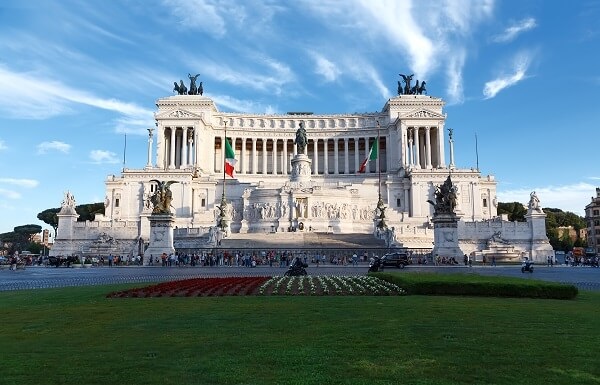
Next we headed over to the Villa Borghese gardens for amazing views of the Seven Hills of Rome (make sure you’re there at 12pm for the daily cannon fire). Then we walked up and down the Spanish Steps and wondered around the famous house where John Keats & Percy Shelley lived, for a taste of the Romantic period.
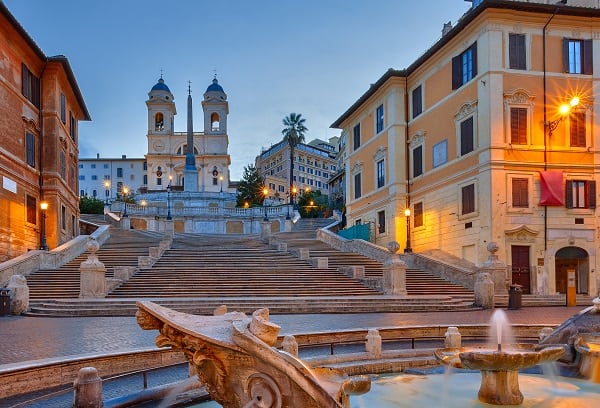
After that we stumbled across the Trevi Fountain, which unfortunately was being renovated during our visit, which meant we couldn’t throw a coin and make a wish. However, the fountain is always worth a visit, it dominates the small square at over 80 feet high and 160 foot wide, and is the largest Baroque fountain in Rome.
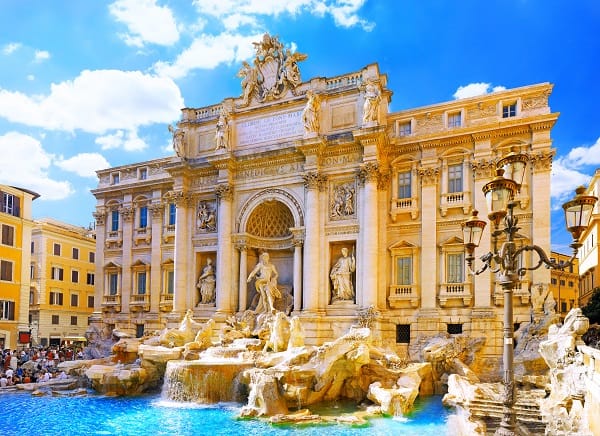
The next day we had booked on a tour of The Vatican, St Peter’s Basilica and The Sistine Chapel. Beware, there is a lot of walking involved here, very few opportunities to sit down, and is always extremely busy. The Vatican is beautiful but I found it a bit underwhelming – maybe it was the crowds. It is still worth a visit; even just to say you’ve visited the smallest country in the world.
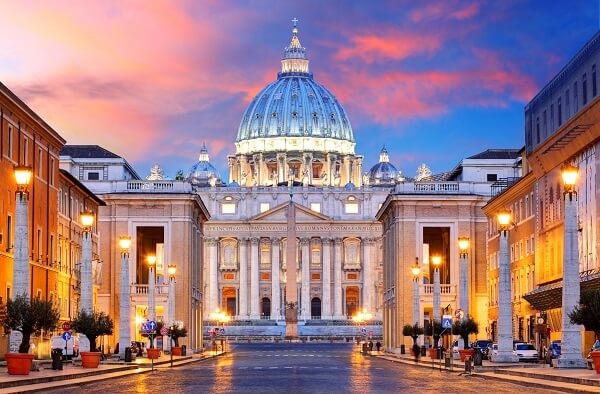
The Sistine Chapel is extremely famous for its amazing ceiling and wall painted by Michelangelo, and the history of this artwork is really interesting. The only problem is you only get 10 minutes in the chapel, and it’s always packed full of people. Make sure you read up or get your tour guide to explain the different pieces of art, how and why they were painted, plus the risqué nature of the ‘The Last Judgment’ wall.
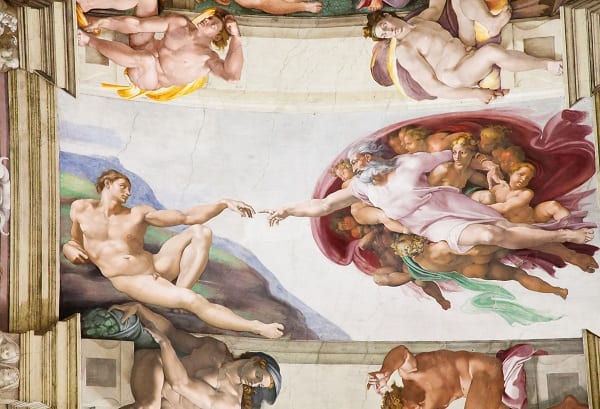
St Peter’s Basilica is extremely famous within the Catholic faith, as it is said to be built on the resting place of St Peter, one of Jesus’ Apostles. The building is very beautiful, but again I felt the grandeur of the place was disrupted by all the crowds. Personally, I found more ‘wow’ factor in small ornate churches I stumbled across whilst walking around Rome – they are always worth a peek inside.
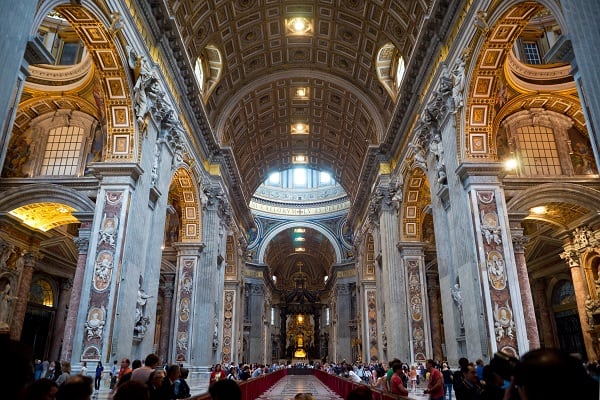
On our final day we had booked on a tour of the Coliseum, the Roman Forum and Palentine Hill. I have to say this was my favourite day, as we were extremely lucky to get a retired roman archaeologist as our tour guide. She was absolutely brilliant at bringing the history to life, explaining common misconceptions, and infecting us with her passion – so much so that I was actually happy when the tour ran into its fourth hour!
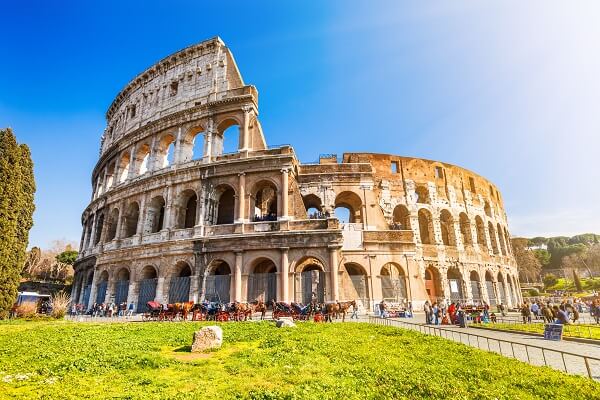
If you want a real taste of Ancient Rome then the Coliseum and Roman Forum are a must visit for you. Some of the ruins have been really well preserved, and armed with a good guide book or knowledgeable tour guide, you can quickly determine what everything was, and how it would have looked. You can also find the spot where Julius Caesar was cremated in the public square after he was murdered.
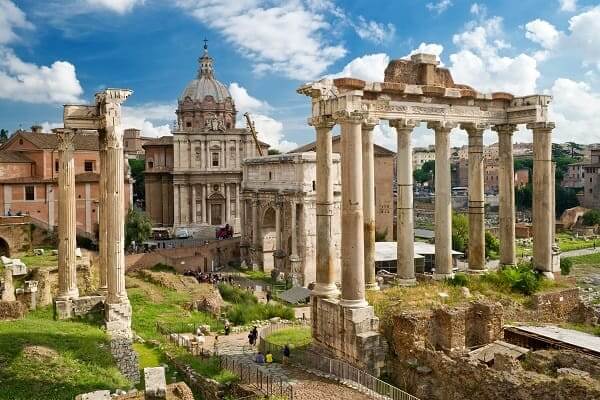
Finally we headed for the Pantheon, a 2,000 year old temple and one of the best preserved monuments of Ancient Rome. The diameter of the building is equal to its height, so it really is a feat of engineering. From the outside it doesn’t look like much, but inside it is beautiful, with several famous people buried inside. The Pantheon is located in the Piazza della Rotonda, which is a great place to grab some food and watch the world go by, but beware you will pay for the view.
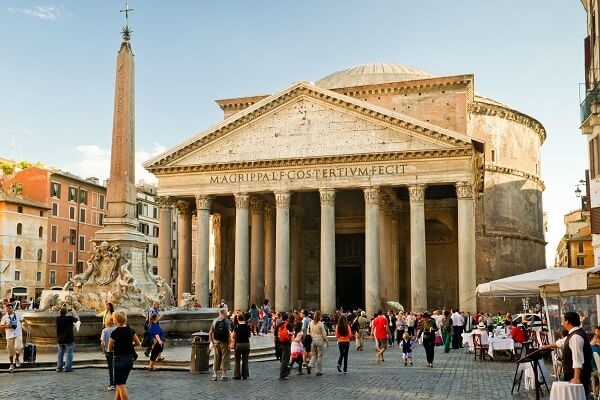
My final piece of advice is to walk everywhere – especially at night when Rome really comes alive. Obviously don’t walk down any dark allies on your own, but wander the back streets to find amazing restaurants, street performers and handmade gifts.










